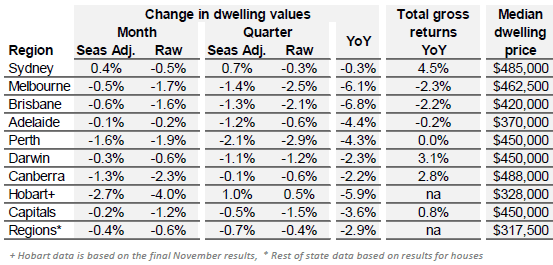You may have noticed a couple of blog posts with appearing differences in opinion on housing data. I thought you would find this article interesting that was posted February 03 2012 from www.smartcompany.com.au
"Anyone following the slew of property market data that has been released of late could be forgiven for being more than just a little bit confused as to how capital city housing markets have truly performed in the last quarter and over the past year.
This week the
ABS put out its capital house price for the December quarter to round off a quartet of research houses (the others being RP Data-Rismark, Residex and Australian Property Monitors) to provide benchmarks on how our key property markets are performing.
While clearly each uses its own statistical methodologies in determining house price
changes and median values, surely no property investor (no matter how savvy) has the time to study complex mathematical formulas and make an assessment as to which figures are the most accurate.
Two analysts looking at the
different data sets could come to quite different and legitimate conclusions about where a particurlar market is heading.
Take, for example, the case of Melbourne house prices.
Looking at the different data sets, one could come to believe that the house prices in the city are rebounding, slowly declining or in rather steep decline.
Australian Property Monitors says Melbourne prices rose 1.1% over the December quarter to be down only 3.1% for the year; Residex says they fell 1% over the quarter and are down 3.28% for the year and RP Data-Rismark says they fell 1.8% for the quarter and are down 6.8% for the year.
The research houses also come to very different conclusions about median house prices.
There’s more than a $100,000 difference between the RP Data-Rismark’s Sydney median house price of $535,000 and APM’s Sydney median house price of $637,000.
Darwin has a median house price is as high as $579,000 (according APM) or as low as $484,500, (according to Residex).
And then there are the revisions, which usually come a month or so after the data is released which can change the picture yet again.
For example, RP Data-Rismark revised November capital city house price growth from 0.1% to 0.4% (a four-fold increase), with economist Christopher Joye expecting Melbourne and Perth figures to improve when fuller house price data is released by tardy state valuer generals.
No doubt, property spruikers will welcome the divergence in data – they can just pick and choose which figures to quote at their next investment seminar and paint a thoroughly convincing picture."
Article sourced from
Here www.smartcompany.com.au








